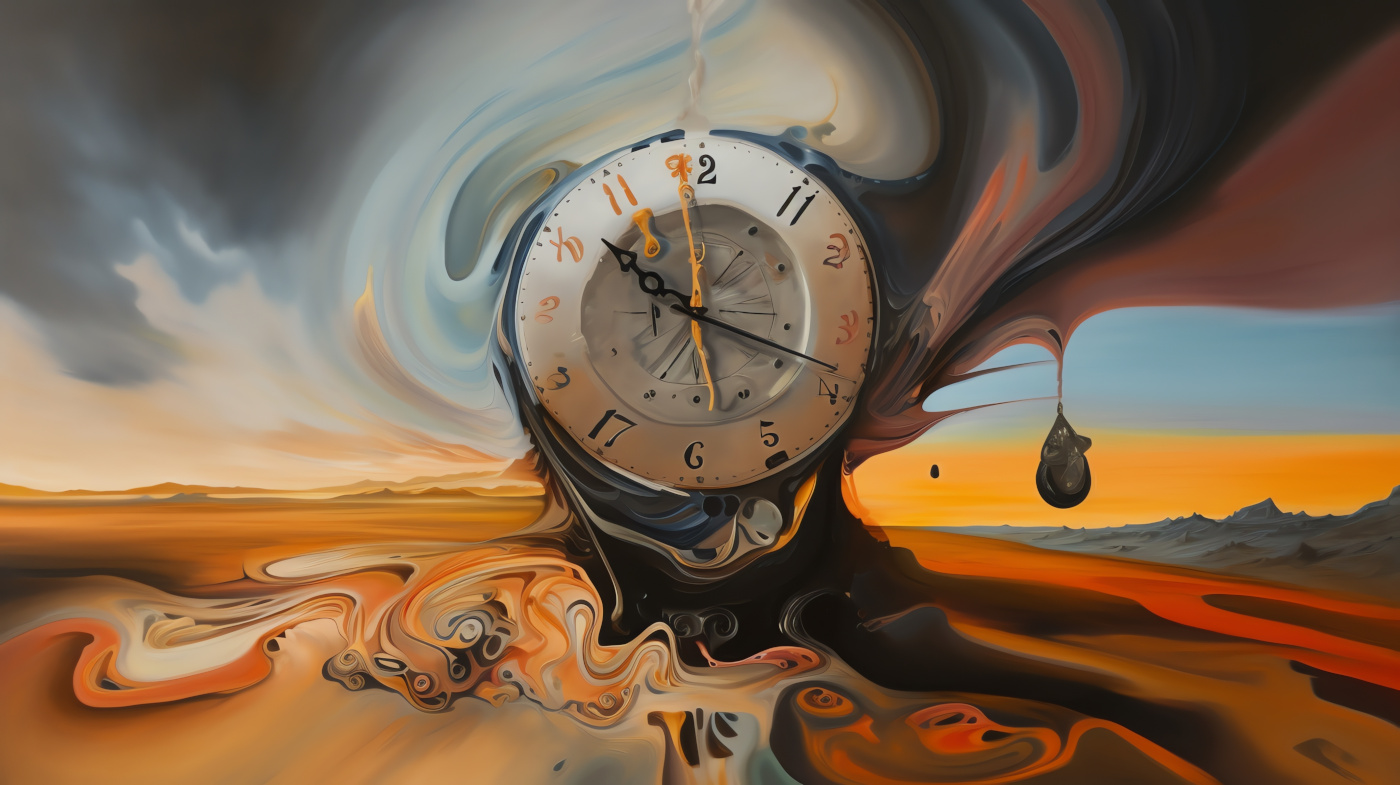Ageing through AI-Fall detectors – a process of spacetimemattering
What defines old age and how do algorithmic technologies influence these constructions and definitions of ageing? The two researchers on ageing, Vera Gallistl-Kassing from the KL Division of Gerontology and Anna Wanka from the Goethe University Frankfurt have published new data from the ALGOCARE project, which explores experiences on the use of algorithmic technologies in long-term care settings in Austria. Drawing on Karen Barad’s concept of spacetimematter, they explore how ageing is co-constituted through the interplay of older care home residents, care staff and algorithmic technology.

How do fall detectors work in the everyday life of the care facility?
The researchers conducted qualitative interviews with programmers and developers of the sensor provider and talked to nursing staff and residents of a long-term care facility in Austria, where the sensors are used, to generate data on experiences with the use of algorithm-based fall sensors. They learn more about the functionality of the algorithm in a workshop and observe everyday life with automated fall sensors directly in the care facility. In addition, they conducted two interviews with experts from an organisation that represents the rights of people in institutional living facilities. The methodology of situation analysis helps to understand which actors play a relevant role in certain situations and how different groups relate to each other. The study sheds light on the process of how age boundaries emerge and how the concept of "spacetimematter" can further advance gerontology.
How do algorithms influence the construction of ageing?
From the developer’s point of view, AI-fall detection systems were developed to detect falls as early as possible. For this, vast amounts of (image) data on older adults’ falling were necessary, however, developers noted during the interview that such data was hardly available. Training data for the algorithm hence had to be partly artificially created. This, however, meant that the everyday lives of older adults in care homes were insufficiently represented in the used training data, which led to a high amount of falls alarms in the observed long-term care institutions. However, false alarms still had took a lasting impact on the daily routines of the nursing staff and the residents.
Material understanding of ageing through the spacetimematter approach
Material gerontology highlights that ageing itself is not (just) a biological fact or individual feeling, but that the constructs of age emerges in the interplay between older bodies, subjective experiences of older adults, their engagement with (material) environments and new technologies. Such a perspective that highlights processes of “distributed ageing”, shed new light on the results mentioned above: An algorithm that needed to be constantly trained and hence perceived as ‘young’ by developers and care staff, was perceived to be a juxtaposition to older adults that were described as being in the last phase of their life. Through these age-categorizations of both humans and technologies, both the residents and the technologist were expected to behave in certain ways and were attributed certain stereotypes. The paper hence highlights the potential of a material-gerontological perspective on ageing that sees materialities, like new and algorithmic technologies, not as (passive) technological artefacts, but as (active) actors in the construction of ageing.
Original paper
The WWTV and the province of Lower Austria supported the research work of Dr. Vera Gallsitl-Kassing BA MA . The publication is available in the Journal of Aging Studies.
Gallistl V, Wanka A. Spacetimematter of aging – The material temporalities of later life. Journal of Aging Studies. 2023 Sept 20;67:101182. doi: 10.1016/j.jaging.2023.101182





